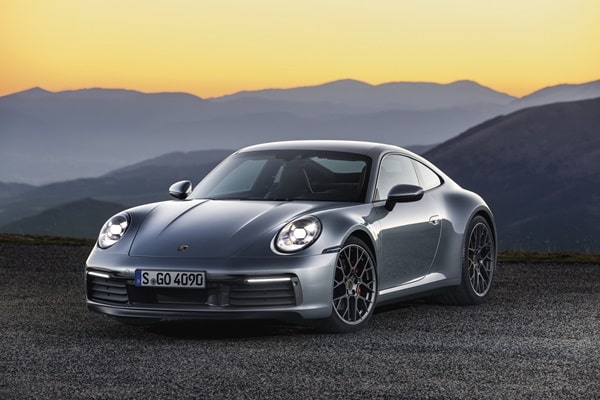The GMC brand, an acronym for General Motors Truck Company, has been synonymous with “pickup trucks” for nearly a century. As part of the fabric of American automotive history, the brand has continually refined and redefined the concept of a working vehicle to incorporate power, luxury, and innovation. This article embarks on a journey tracing the evolution of GMC pickup trucks through various epochs of their development. You’ll dive into the story of their inception, their transformation in design and technology, and their relentless pursuit of advancing the boundaries of pickup truck capabilities.
Contents
The Early Beginnings (1920s – 1940s)
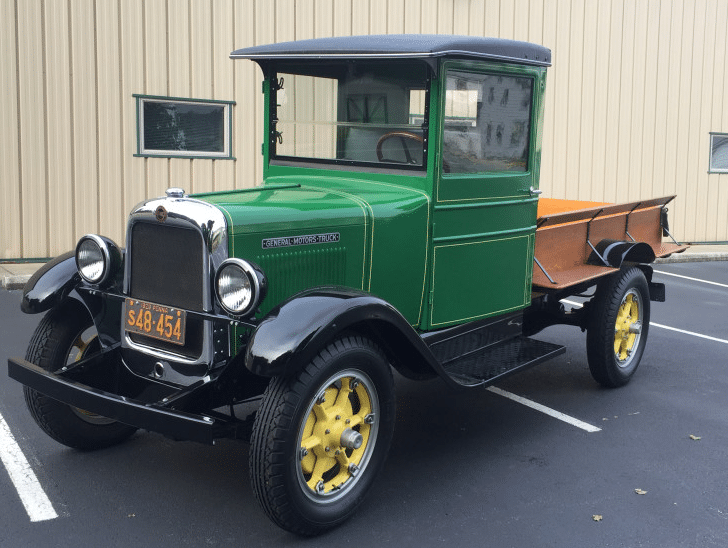
When the first GMC truck was launched in 1912, it introduced a new era in automotive engineering. These early trucks were designed with utility and durability in mind, built to handle heavy workloads and challenging terrains. The Great Depression brought unique challenges, leading to the production of more affordable and efficient trucks. Despite the tough times, GMC remained a significant contributor to the world of transportation.
The Second World War had a profound impact on GMC. The brand focused on creating military vehicles to aid in the war effort, which further cemented its reputation for producing resilient and reliable trucks. Post-war, these advancements were incorporated into their civilian truck lines, paving the way for more robust and powerful pickups.
Post-War Innovations (1950s – 1960s)
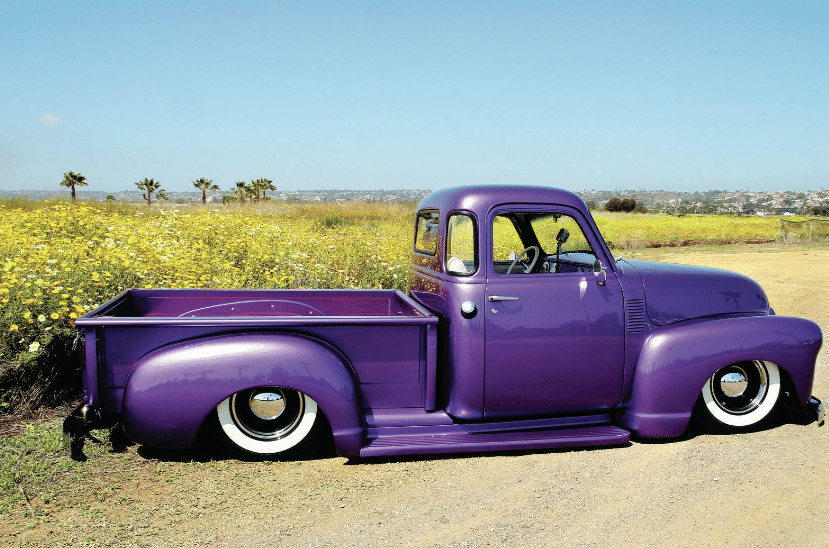
After World War II, as the US entered an era of prosperity, GMC pickup trucks began incorporating more consumer-friendly features. The 1950s saw a surge in the popularity of pickups as both work vehicles and daily drivers, prompting GMC to introduce models with improved comfort and drivability. Notable models from this era, like the GMC Suburban Pickup, merged practicality with style and comfort, setting the trend for future pickups.
In the 1960s, GMC continued to innovate by introducing the V6 engine in their pickup trucks, offering more power and better performance. This was a significant step in transitioning from the basic utility vehicles of the past to the versatile, powerful machines we’re familiar with today. GMC symbolized American strength and resilience, embedded in the country’s cultural fabric.
Emergence of Luxury (1970s – 1980s)
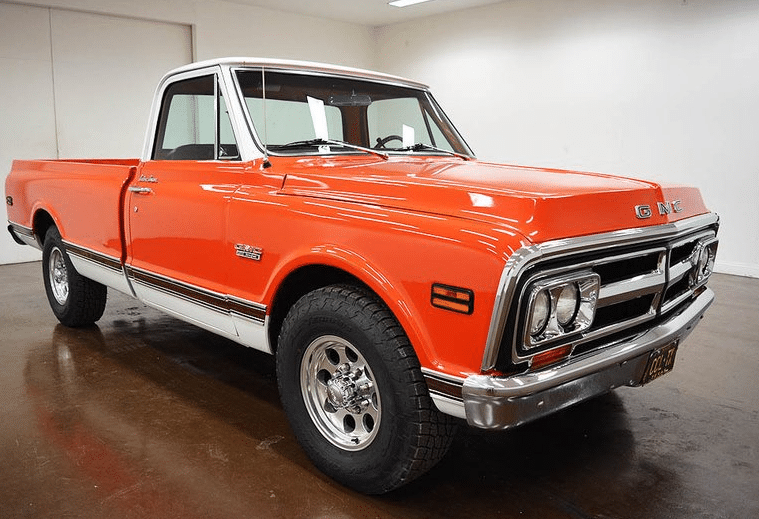
As consumer expectations grew in the 1970s and 1980s, so did the list of features in GMC pickups. With the addition of power steering, air conditioning, and automatic transmissions, GMC trucks started to lean towards luxury, offering more than just utility. However, these advancements weren’t devoid of challenges. The energy crisis in the 1970s saw GMC trucks needing to balance power with fuel efficiency.
The late 1980s brought about further design and engine changes, adapting to the market’s increasing demand for comfortable and efficient vehicles. GMC launched the Sierra in 1987, a game-changer that fused luxury with power. The model boasted an improved suspension system, a spacious interior, and a sleek design, making it an instant classic and setting the foundation for future pickup designs.
Technological Breakthroughs (1990s – 2000s)
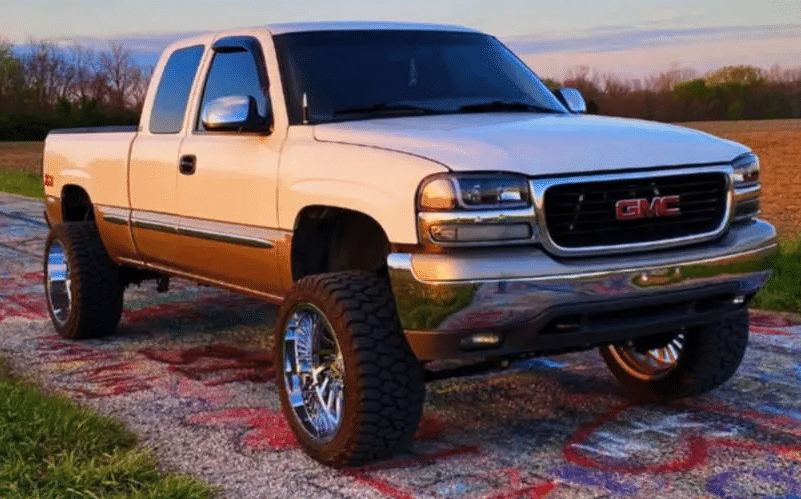
Entering the 1990s, GMC pickup trucks started seeing the addition of computer systems and other sophisticated technologies. The introduction of fuel injection systems, anti-lock brakes, and advanced transmissions significantly departed from the mechanically simple trucks of yesteryear. GMC’s commitment to innovation shone through models like the Sonoma, which boasted features like electric 4WD shifting and a user-friendly cab.
The new millennium brought even more technological advancements, with GMC pioneering in safety and infotainment systems. A notable example is the Sierra Denali introduced in the early 2000s, which incorporated features like StabiliTrak stability control and a premium Bose audio system. GMC had now successfully transitioned from offering purely work-oriented vehicles to those brimming with modern features and creature comforts.
GMC in the Modern Era (2010s – Present)
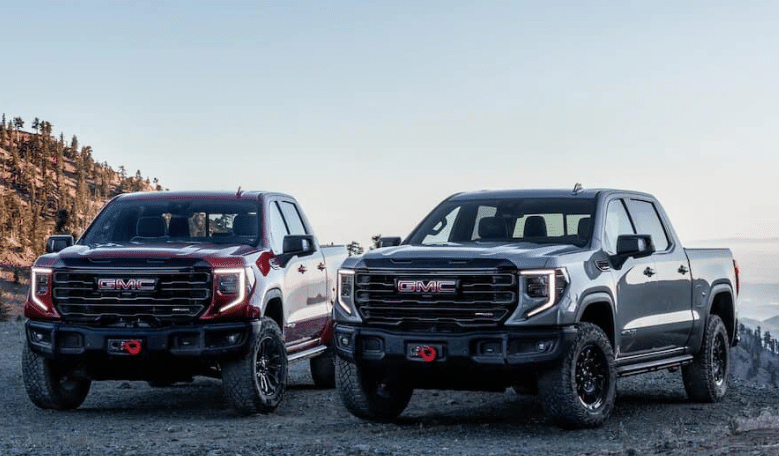
GMC pickup trucks of the 2010s have encapsulated the brand’s design, power, and capabilities evolution. The company has continued to impress with its advanced drivetrains, towing capabilities, and driver-assist technologies. For instance, the 2019 GMC Sierra Denali showcased cutting-edge features such as the MultiPro tailgate and the ProGrade Trailering system, enhancing convenience for the modern truck owner.
The company has also embraced the shift towards sustainable mobility, a trend shaping the future of the automotive industry. GMC’s bold entrance into the electric vehicle arena with the GMC Hummer EV, a pickup with remarkable off-road capabilities and a zero-emissions powertrain, signifies the brand’s commitment to innovation while caring for the environment.
GMC’s Contribution to the Pickup Truck Industry
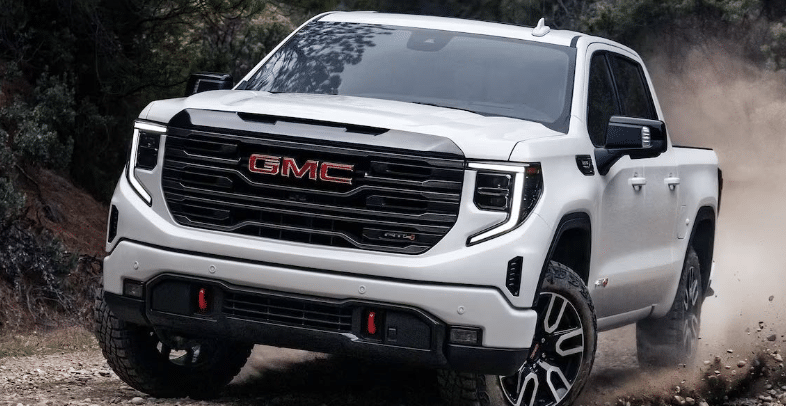
GMC’s longstanding tradition of manufacturing trucks has deeply influenced the pickup industry. By consistently pushing the boundaries of what a pickup truck can offer, GMC has often set the benchmark for power, reliability, and luxury. The brand’s achievements are countless, from pioneering the use of V6 engines in pickups during the 1960s to modern driver-assist technologies.
GMC’s impact also resonates in the way it has shaped consumer expectations. Today’s pickup truck is no longer seen as just a work vehicle but also as a versatile machine capable of providing luxury and comfort. This shift in perception owes much to GMC’s continuous innovations and commitment to delivering enhanced consumer experiences.
The Future of GMC Pickup Trucks
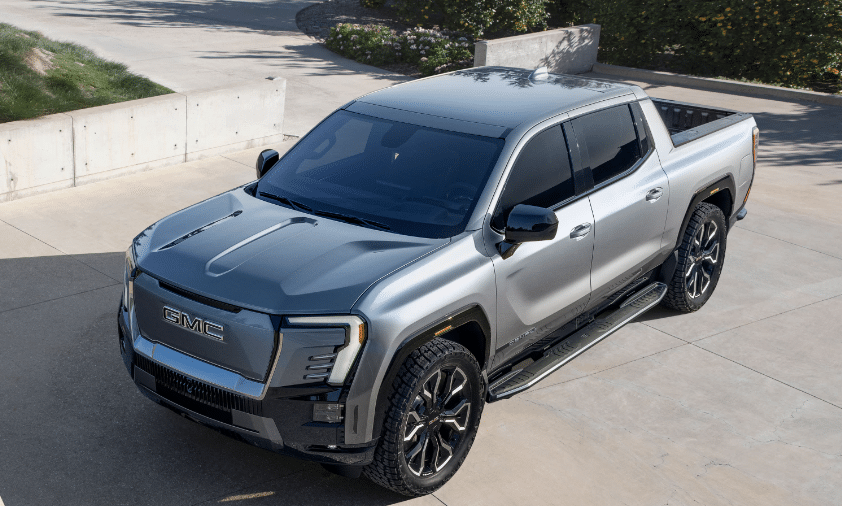
Looking into the future, GMC pickup trucks are poised to continue their legacy of innovation. Trends such as electric powertrains, autonomous driving technologies, and advanced connectivity are expected to define the next generation of GMC trucks. The GMC Hummer EV’s recent release indicates a willingness to be at the forefront of these trends.
However, while embracing futuristic technologies, GMC also understands the value of retaining the essential attributes that make a pickup truck – power, versatility, and reliability. With this balanced approach, GMC is expected to shape the future of the pickup truck industry, just as it has in the past.
The Bottom Line
From humble beginnings to becoming an icon of American strength and resilience, the evolution of GMC pickup trucks encapsulates a century-long pursuit of power, luxury, and technological innovation. With a history marked by countless milestones and achievements, GMC has played an integral role in shaping the pickup truck industry. As you look forward to the exciting advancements GMC will bring to this ever-evolving market, one thing is clear: The story of GMC pickup trucks is far from over. It’s a testament to continuous innovation, evolution, and a relentless drive to redefine the possibilities of what a pickup truck can be.
